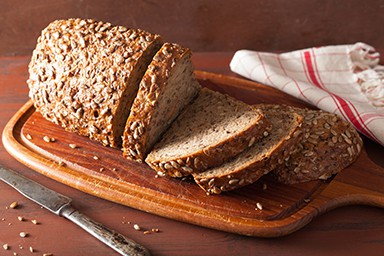It is well known that what you put into your body affects your overall health. While taking prescription or over the counter pain medicines help stifle pain and symptoms, changing your diet may be what you need to reduce joint pain once and for all.
Many foods can help reduce inflammation and help your overall bone health. Below are a few foods to introduce to your diet to help reduce joint pain.
Spices
Certain spices, such as ginger and turmeric, are rich in anti-inflammatory properties. Turmeric has been an important component in traditional Asian medicine due to it containing curcumin. Curcumin is known to help relieve pain and inflammation.
Ginger also contains many other anti-inflammatory and antioxidant properties that can greatly benefit those with joint pain. You can add these into foods such as sauces or smoothies for an added boost of pain relief.
 Fish oils
Fish oils
Fish oil contains omega-3 fatty acids. Omega-3 fatty acids have shown evidence to reduce inflammation, support heart health, and improve certain mental disorders symptoms.
Natural sources of fish oil and omega-3 fatty acid can be found in cold-water fish, flax seeds, chia seeds, and soybeans. Including these in your diet about twice a week can be beneficial to reducing joint pain and inflammation.
Cruciferous vegetables
These vegetables, also known as brassica vegetables, include cauliflower, brussels sprouts, and kale, among others.
Cruciferous vegetables contain a component that blocks an enzyme that causes inflammation in the joints. You can add these vegetables to meals or smoothies to get the benefit of joint pain relief.
Beans
Beans are rich in fiber, antioxidants, and phytonutrients, which reduce inflammation. Red beans, kidney beans, and pinto beans are rich in these qualities.
Consuming about one cup of these beans to your diet twice a week should be enough to reap their anti-inflammatory benefits and reduce joint pain.
 Whole grains
Whole grains
Whole grains are high in fiber and can help produce fatty acids that can lower CRP blood levels. CRP levels are an inflammatory marker.
Whole wheat, whole oats, and rye are just a few examples of whole grains you can include in your diet. At least three to six ounces a day should be eaten. One slice of whole-wheat bread or half a cup of brown rice should be enough to reach the recommended daily intake.
Mediterranean Diet
This Mediterranean Diet consists of low-glycemic fruit, vegetables, unsaturated fats, fish, and little dairy and red meat. All the foods listed earlier in the blog can be included in this diet. Not only will this aid in joint pain relief, but it can help lower blood pressure, help prevent chronic conditions, and promote heart health.
To learn more about joint pain relief, contact our office today!

